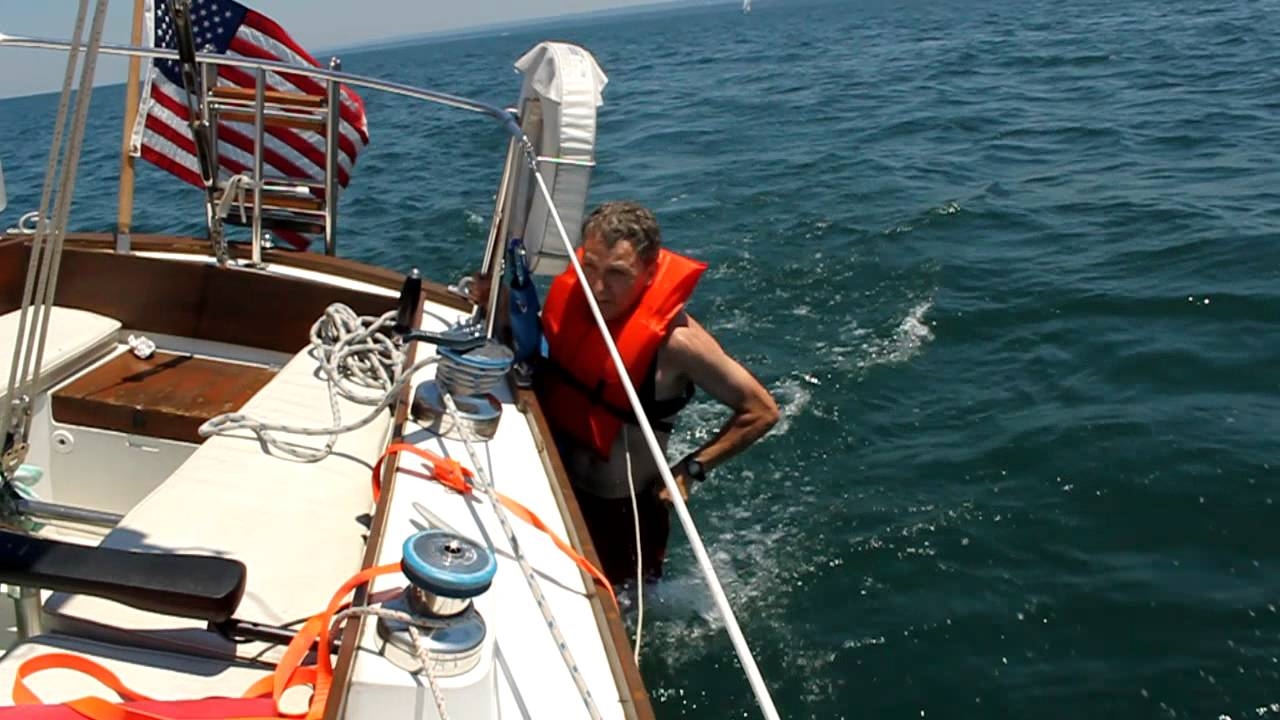

Articles
How To Get Back On A Boat Without Ladder
Modified: February 22, 2024
Discover practical articles on how to safely get back on a boat without a ladder. Learn essential techniques and tips for a seamless return to the boat deck.
(Many of the links in this article redirect to a specific reviewed product. Your purchase of these products through affiliate links helps to generate commission for Storables.com, at no extra cost. Learn more)
Introduction
Welcome aboard! Being out on the open water can be an exhilarating experience, but what happens when you find yourself needing to get back onto a boat without a ladder? It’s a situation that can arise unexpectedly and leave you feeling stranded. However, fear not! In this article, we will explore various techniques and strategies to help you safely get back onboard without a ladder.
Assessing the Situation:
The first step in getting back onto a boat without a ladder is to assess the situation. Take a moment to evaluate your surroundings and determine the current conditions of the water and the boat. Is there any strong current or waves? Is the boat drifting or anchored? Understanding the dynamics of the situation will aid you in choosing the most appropriate method to get back on board.
—
You can continue the next outline
Key Takeaways:
- Assess the situation, identify anchoring points, and utilize floating objects strategically to safely reboard a boat without a ladder. Prioritize safety and practice techniques for confident boating experiences.
- Employ techniques like the swimmer’s mount, heel hook, and side mount, or seek assistance from others to overcome the challenge of getting back on a boat without a ladder. Clear communication and preparation are crucial for a smooth reboarding process.
Read also: 14 Best Boat Ladder for 2024
Assessing the Situation
When finding yourself in the situation of needing to get back on a boat without a ladder, it is crucial to assess the situation before taking any action. This assessment will help you determine the best approach to get back on board safely.
First, take a moment to observe the current conditions of the water. Are there any strong currents or waves? If so, it is important to be cautious as these can make the task more challenging. Assess the direction and strength of the current to understand how it might affect your re-entry onto the boat.
Next, consider the state of the boat itself. Is it drifting or anchored? If the boat is drifting, you may need to take additional precautions to ensure your safety while reboarding. Assess the distance between you and the boat, as well as any obstacles or hazards in the surrounding area.
Additionally, take into account your own physical condition. Are you tired, injured, or experiencing any discomfort? These factors may affect your strength and agility when attempting to get back on the boat. It is important to prioritize your safety and well-being throughout this process.
By thoroughly assessing the situation, you will have a better understanding of the challenges you may face and can plan your approach accordingly. Remember, safety should always be your top priority when attempting to get back on a boat without a ladder.
Now that we have assessed the situation, let’s explore various methods and techniques that can assist in getting back onboard without a ladder.
Identifying Anchoring Points
When faced with the challenge of getting back on a boat without a ladder, one of the key factors to consider is identifying potential anchoring points. These are objects or areas on the boat that can provide stability and support as you make your way back onboard.
One common anchoring point is the boat’s motor or outboard engine. These are typically located at the stern of the boat and can provide a sturdy surface for you to hold onto and pull yourself back onboard. Look for handles or grips on the motor that you can use to get a secure hold.
Another anchoring point that may be available is the boat’s railing or gunwale. These are the edges of the boat’s deck and can provide a stable grip for you to hold onto. Look for areas where the railing is sturdy and secure, avoiding any loose or unstable sections.
In some cases, there may be other fixed objects on the boat that can serve as anchoring points. These could include cleats, bollards, or even the boat’s anchor itself. Assess the area and look for any suitable objects that can provide stability and support.
Remember to be cautious as you approach these anchoring points. Wet surfaces, slippery decks, or sharp edges can pose a risk of injury. Take your time and ensure a firm grip before exerting any weight on these objects.
Once you have identified the potential anchoring points, plan your approach to navigate towards them. Use floating objects or techniques such as the swimmer’s mount or heel hook (which we will discuss in later sections) to make your way closer to the boat’s stern or railing where the anchoring points are located.
By identifying and utilizing these anchoring points, you can regain stability and support as you work your way back onboard without a ladder.
Now that we have covered identifying anchoring points, let’s explore the use of floating objects to assist in getting back on the boat.
Utilizing Floating Objects
When finding yourself in the situation of needing to get back on a boat without a ladder, one effective strategy is to utilize floating objects as a means of assistance. These objects can provide buoyancy and support, making it easier to reboard the boat.
If there are any floating objects nearby, such as life jackets, floating cushions, or even pieces of debris, you can use them to your advantage. These objects can serve as makeshift steps or platforms, creating a stable surface for you to climb onto the boat.
Start by gathering any available floating objects and arranging them strategically near the boat’s stern or railing. Ensure that they are secure and will not move or shift as you attempt to climb aboard. This will provide you with a series of stepping stones to bridge the gap between the water and the boat.
When using floating objects, it is essential to distribute your weight evenly to maintain stability. Step onto each object carefully, ensuring it can support your weight before moving on to the next one. Take your time and proceed cautiously, as the objects may be unstable or slippery.
As you make your way from one floating object to another, utilize the identified anchoring points on the boat, such as the motor or railing, to provide additional support and stability. Reach out and grab onto these points as you transition between the floating objects.
Furthermore, if there are multiple people onboard the boat, coordinating with them can be beneficial. They can assist by holding the floating objects in place or providing guidance as you make your way back onboard. Communication is key to ensure a smooth and safe reboarding process.
By utilizing floating objects strategically and coordinating with others, you can effectively overcome the challenge of getting back on a boat without a ladder. Now, let’s explore techniques such as the swimmer’s mount and the heel hook that can be employed in this situation.
Using the Swimmer’s Mount Technique
The swimmer’s mount technique is a useful method to get back on a boat without a ladder, especially if you have some upper body strength. This technique allows you to use your arms and legs to hoist yourself onto the boat’s deck.
Here’s how to perform the swimmer’s mount technique:
- Approach the side of the boat where you plan to reboard.
- Extend your arms and grab onto the boat’s railing or gunwale.
- Kick your legs to generate upward momentum, bringing your chest close to the surface of the deck.
- Using your abdominal and arm muscles, push and pull yourself up onto the deck.
- Once you have successfully mounted the deck, maneuver your body over the railing and onto the boat.
It is important to maintain a controlled and steady motion throughout the swimmer’s mount. Avoid sudden or jerky movements that may result in injury or slipping off the boat.
If you are struggling to generate enough upward momentum, you can use your legs to push off a floating object or the water’s surface, providing an additional boost. Remember to adjust your grip on the boat’s railing as you progress through the technique to maintain stability.
It is worth noting that the swimmer’s mount technique may require a certain level of upper body strength and agility. If you feel that this technique may be too challenging for you, consider utilizing other methods or seeking assistance from others on the boat.
Practice this technique in a controlled environment to familiarize yourself with the movements and build confidence. With time and practice, you will become more proficient in using the swimmer’s mount technique to get back on a boat without a ladder.
Now that we have explored the swimmer’s mount technique, let’s move on to another method called the heel hook.
When getting back on a boat without a ladder, use the side of the boat for support and leverage. Grab onto the edge and kick your legs to propel yourself up and onto the deck.
Employing the Heel Hook Method
The heel hook method is a practical technique to employ when trying to get back on a boat without a ladder. It utilizes your leg strength and balance to facilitate reboarding the boat.
Follow these steps to employ the heel hook method:
- Position yourself in the water next to the boat, facing the hull.
- Extend one leg and hook your heel over the edge of the boat’s deck, creating a secure foothold.
- Using your leg muscles, push against the boat’s hull to generate upward force.
- As you push with your leg, simultaneously pull yourself up with your arms to assist in the ascent.
- Once you have gained enough height, swing your other leg over the deck and onto the boat.
Ensure that you maintain a firm grip on the boat’s railing or gunwale while performing the heel hook method. This will help provide stability and support as you pull yourself up.
It’s important to distribute your weight evenly and engage your core muscles to maintain balance and control throughout the process. Keep your body close to the boat’s hull for maximum stability.
Practice the heel hook method in a controlled environment to become comfortable with the technique and build confidence. Familiarize yourself with the boat’s layout and locate the optimal area to position your foot for the heel hook.
As with any reboarding method, exercise caution and be mindful of your surroundings. Adapt the technique to suit your individual circumstances and physical abilities.
Remember, if you feel uncertain or unsafe attempting the heel hook method, it’s wise to consider alternative techniques or seek assistance from others on the boat.
Now that we have explored the heel hook method, let’s move on to the side mount technique, which can also be utilized in situations without a ladder.
Employing the Side Mount Technique
The side mount technique is a viable method to employ when faced with the task of getting back on a boat without a ladder. It involves using your upper body strength and coordination to maneuver yourself onto the boat’s deck from the side.
Follow these steps to employ the side mount technique:
- Position yourself in the water parallel to the boat’s side.
- Extend one arm and grab onto a secure anchoring point, such as the boat’s railing or a fixed object.
- Engage your core muscles and begin to pull yourself up, using your arm as leverage.
- Simultaneously bend your knees and bring your legs towards your chest.
- As your upper body rises, use the momentum to swing your legs over the boat’s side and onto the deck.
Maintain a steady and controlled motion while performing the side mount. Focus on distributing your weight evenly and using both your upper body and leg strength to hoist yourself onto the boat.
As you pull yourself up, be mindful of your surroundings and any obstacles on the boat’s deck or sides. Clear the area and ensure a safe path for your legs to swing over without making contact with hazards.
It is beneficial to practice the side mount technique in a controlled environment before attempting it in a real-life situation. Familiarize yourself with the boat’s layout, locate suitable anchoring points, and refine your technique to maximize efficiency.
Remember, the side mount technique may require a significant amount of upper body strength and coordination. If you encounter difficulties or feel that this method is not suitable for you, consider exploring alternative techniques or seek assistance from others on the boat.
Now that we have covered the side mount technique, let’s move on to the option of employing assistance from other people to help you get back on the boat without a ladder.
Employing Assistance from Other People
When faced with the challenge of getting back on a boat without a ladder, one of the most reliable options is to seek assistance from other people on board. Their support and guidance can greatly facilitate your reboarding process and ensure your safety.
Here are a few ways to employ assistance from others:
- Communicate: Clearly communicate your situation and need for assistance to the people on board. Let them know that you require their support in getting back on the boat without a ladder.
- Use Human Ladders: If there are multiple people on board, they can form a human ladder by interlocking their arms or hands together. This creates a stable structure that you can climb on to make your way back on board.
- Provide Stability: If there are individuals on board with strong upper body strength or steady footing, they can extend their arms or legs towards you to provide stability and support as you hoist yourself onto the boat.
- Offer Guidance: The people on board can offer verbal guidance or instructions to assist you in coordinating your movements and ensure a smooth reboarding process. Their voice can provide reassurance and direction in the midst of the challenging situation.
- Use a Deployable Ladder: If there is a rope ladder, emergency ladder, or any kind of deployable ladder on board, it can be lowered into the water to provide a safe and convenient means for you to climb back onto the boat.
When employing assistance from others, it is crucial to establish clear communication and establish a plan beforehand. Ensure that everyone involved is aware of their roles and responsibilities to avoid any miscommunication or accidents.
Remember, the guidance and support of other people can greatly enhance your chances of safely getting back on the boat without a ladder. Prioritize your safety and trust in their assistance to make the reboarding process as smooth as possible.
With the techniques and strategies we have explored in this article, you now have a variety of options to help you get back on a boat without a ladder. Remember to assess the situation, identify anchoring points, utilize floating objects, explore techniques like the swimmer’s mount and heel hook, and seek assistance from others.
By being prepared and knowledgeable, you can confidently navigate the challenges of reboarding a boat without a ladder and continue enjoying your time on the open water.
Safe travels and happy boating!
Conclusion
When the need arises to get back on a boat without a ladder, it can initially seem like a daunting challenge. However, with the right techniques and strategies, you can overcome this obstacle and safely reboard the boat. Throughout this article, we have explored various methods to assist you in this endeavor.
First and foremost, it is crucial to assess the situation and understand the dynamics of the current conditions. By evaluating the water conditions, the position of the boat, and your own physical capabilities, you can make informed decisions about the appropriate method to employ.
Identifying anchoring points on the boat, such as the motor or railing, provides stability and support during the reboarding process. Additionally, utilizing floating objects strategically can create stepping stones that make the climb back on board more manageable.
The swimmer’s mount technique utilizes your upper body strength and kicking motion to propel yourself onto the boat’s deck. The heel hook method leverages your leg strength and balance to hoist yourself up over the boat’s side. Both techniques require practice and caution but can be effective in getting you back onboard.
When these techniques prove challenging or if you desire additional support, employing assistance from other people on the boat can be incredibly helpful. Whether it’s using their support as a human ladder or following their guidance, their presence and cooperation make the reboarding process smoother.
Remember, safety should always be the top priority when attempting to get back on a boat without a ladder. Take your time, assess the situation, and utilize the techniques and assistance available to you. Regular practice and familiarization with the boat’s layout and equipment will enhance your preparedness for such situations.
So, the next time you find yourself facing the need to get back on a boat without a ladder, remain calm, assess the situation, and employ one of the techniques or strategies discussed in this article. With practice and confidence, you will become skilled at safely reboarding the boat, ensuring that your boating experiences remain enjoyable and worry-free.
Have a fantastic time on the water, always prioritize safety, and embark on your boating adventures with confidence!
Frequently Asked Questions about How To Get Back On A Boat Without Ladder
Was this page helpful?
At Storables.com, we guarantee accurate and reliable information. Our content, validated by Expert Board Contributors, is crafted following stringent Editorial Policies. We're committed to providing you with well-researched, expert-backed insights for all your informational needs.
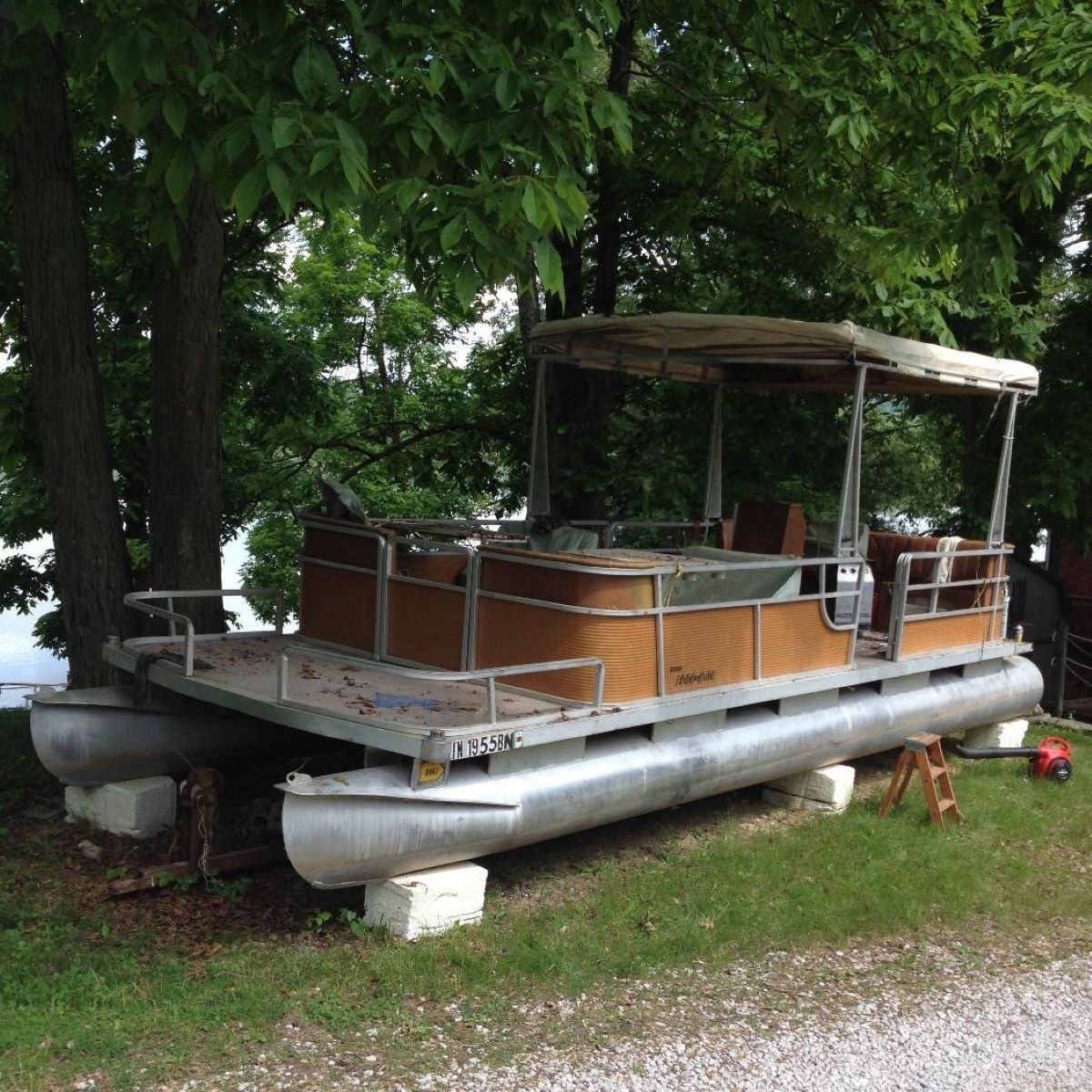
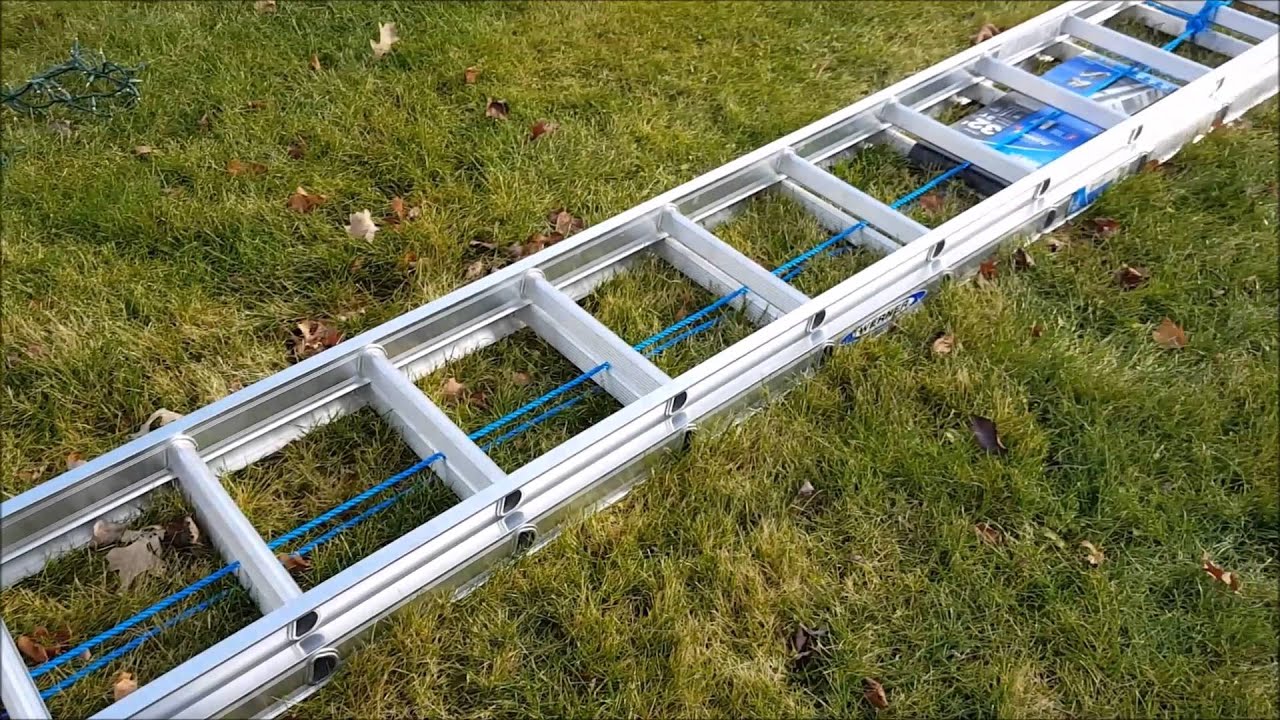
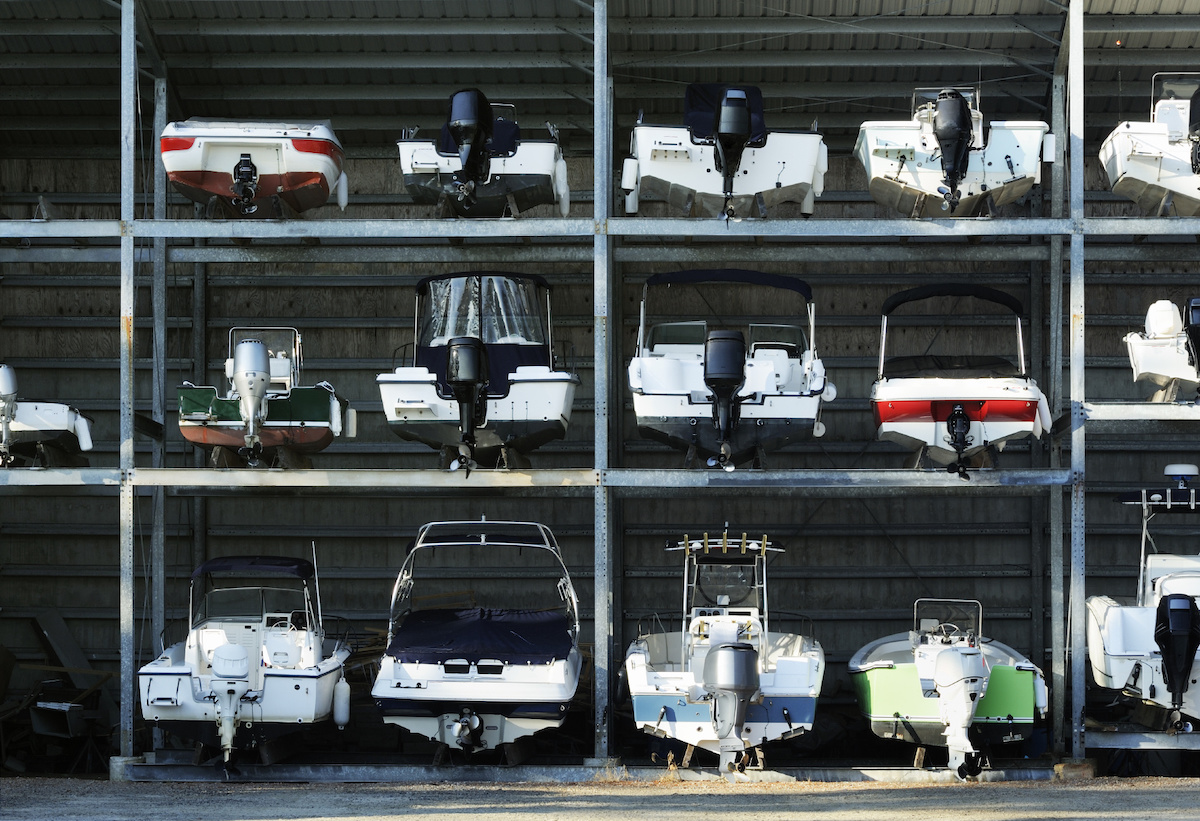



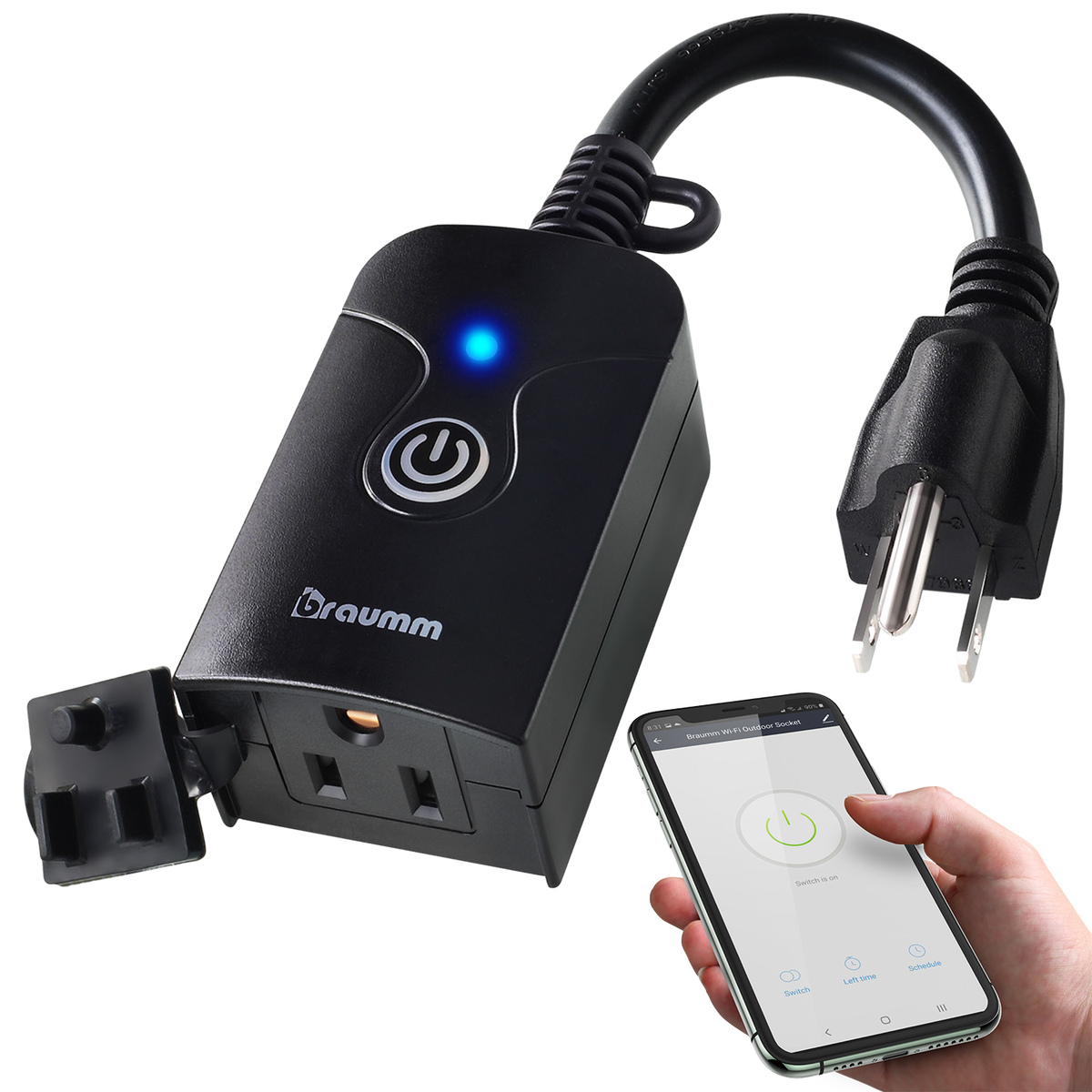
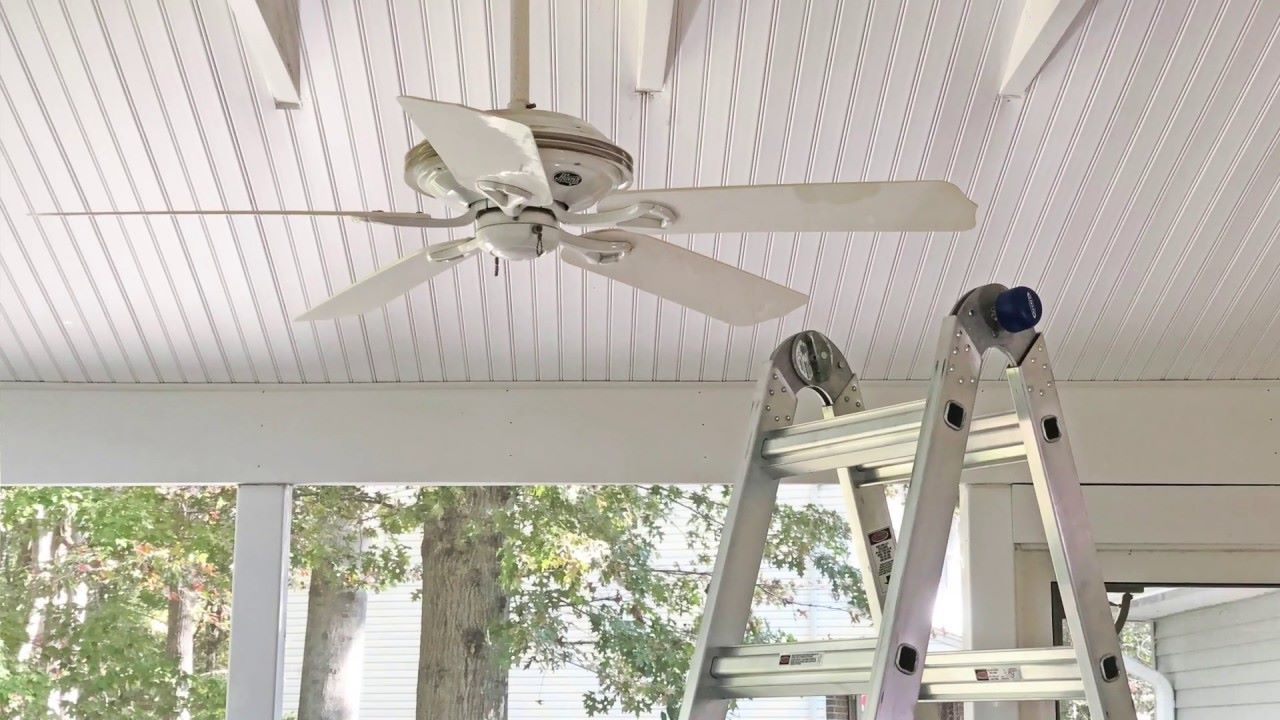
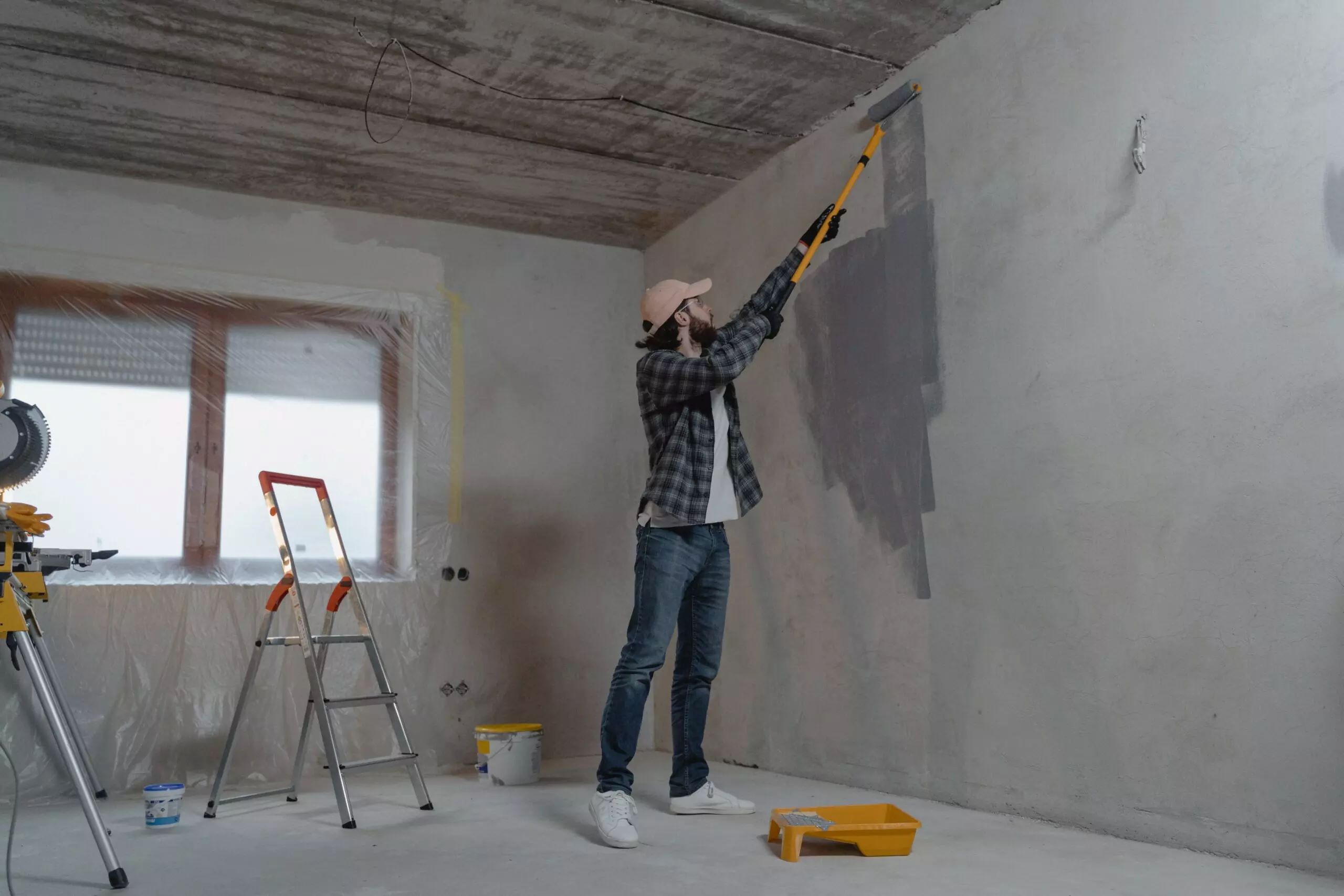
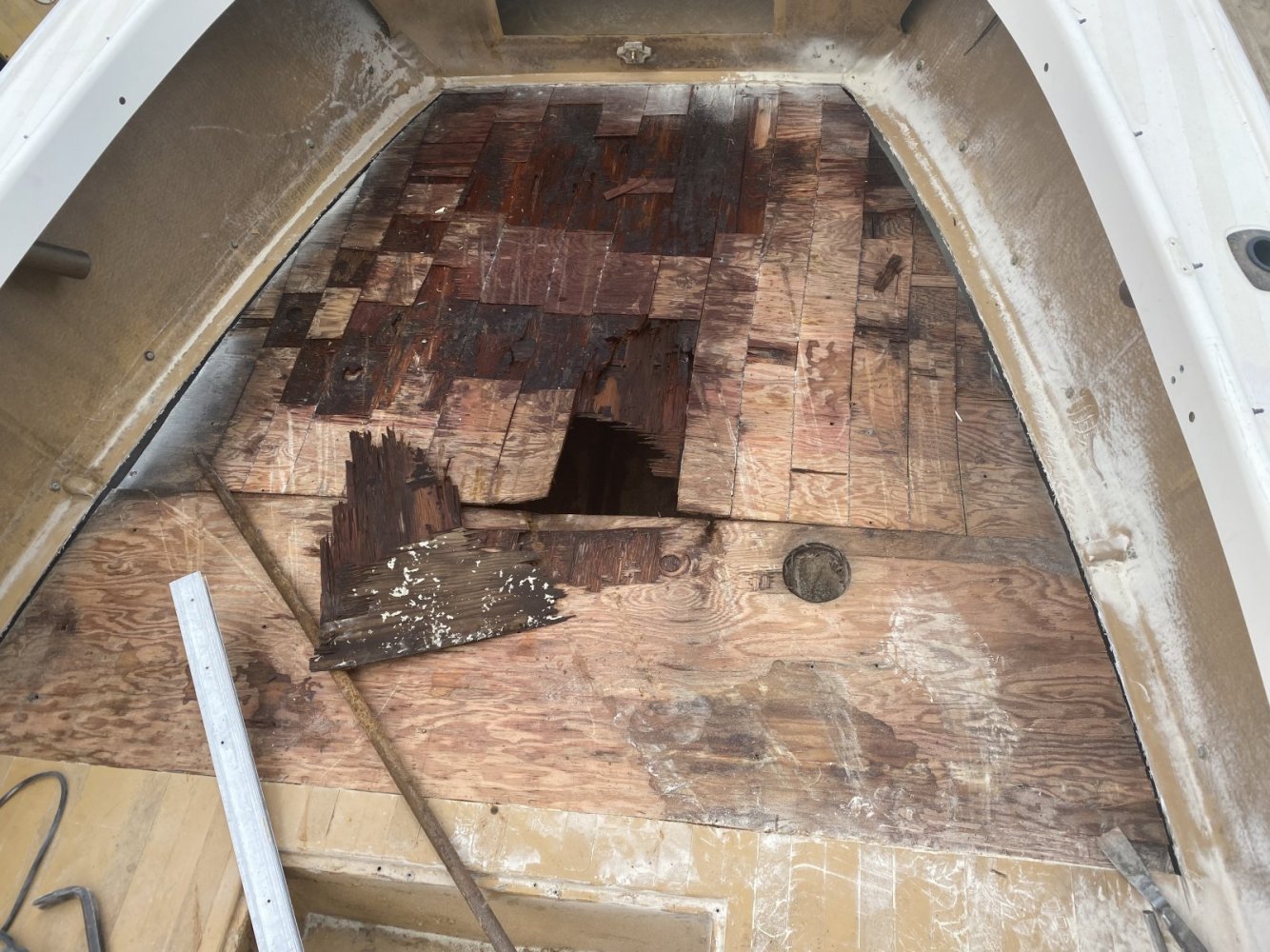
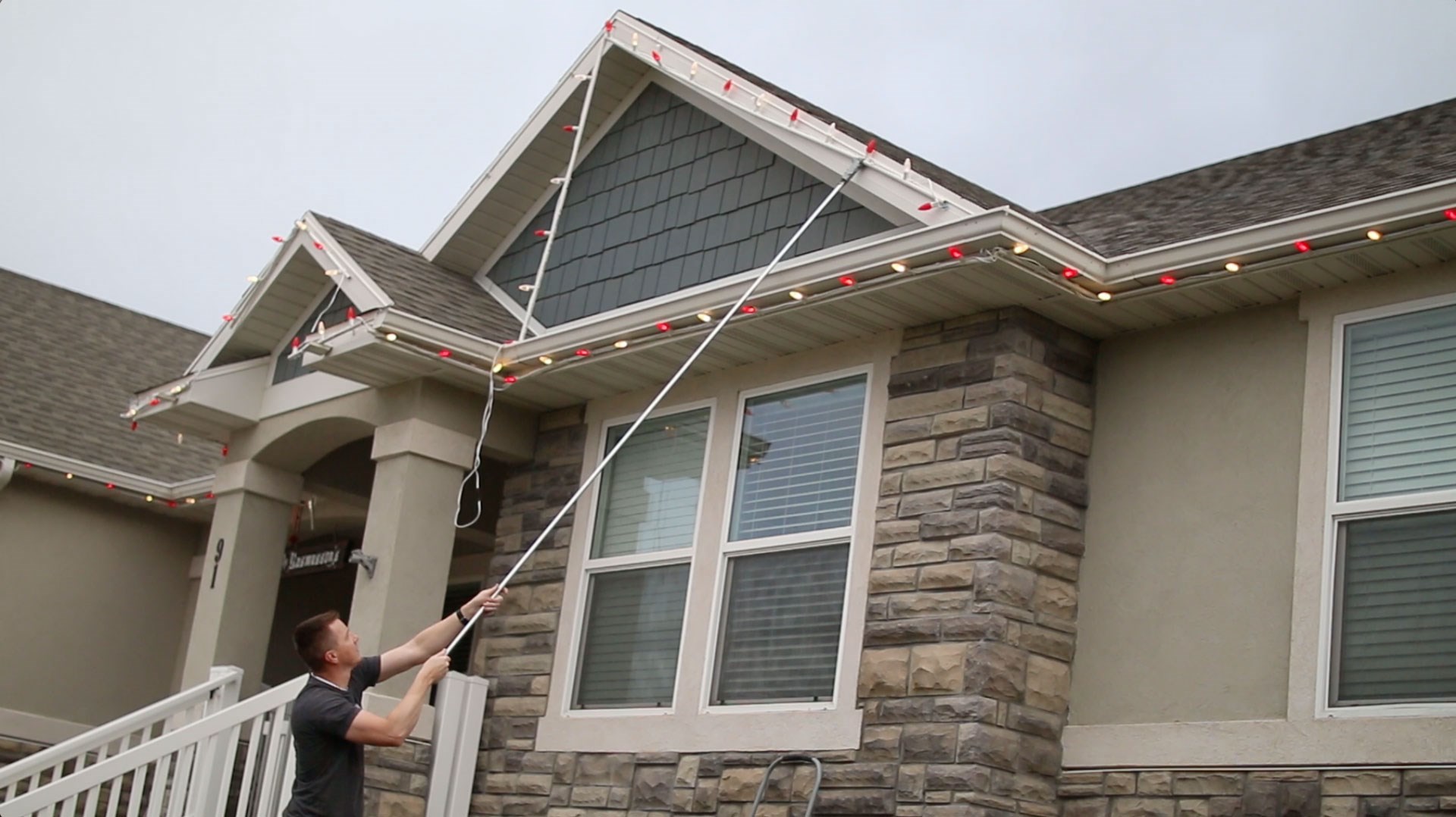


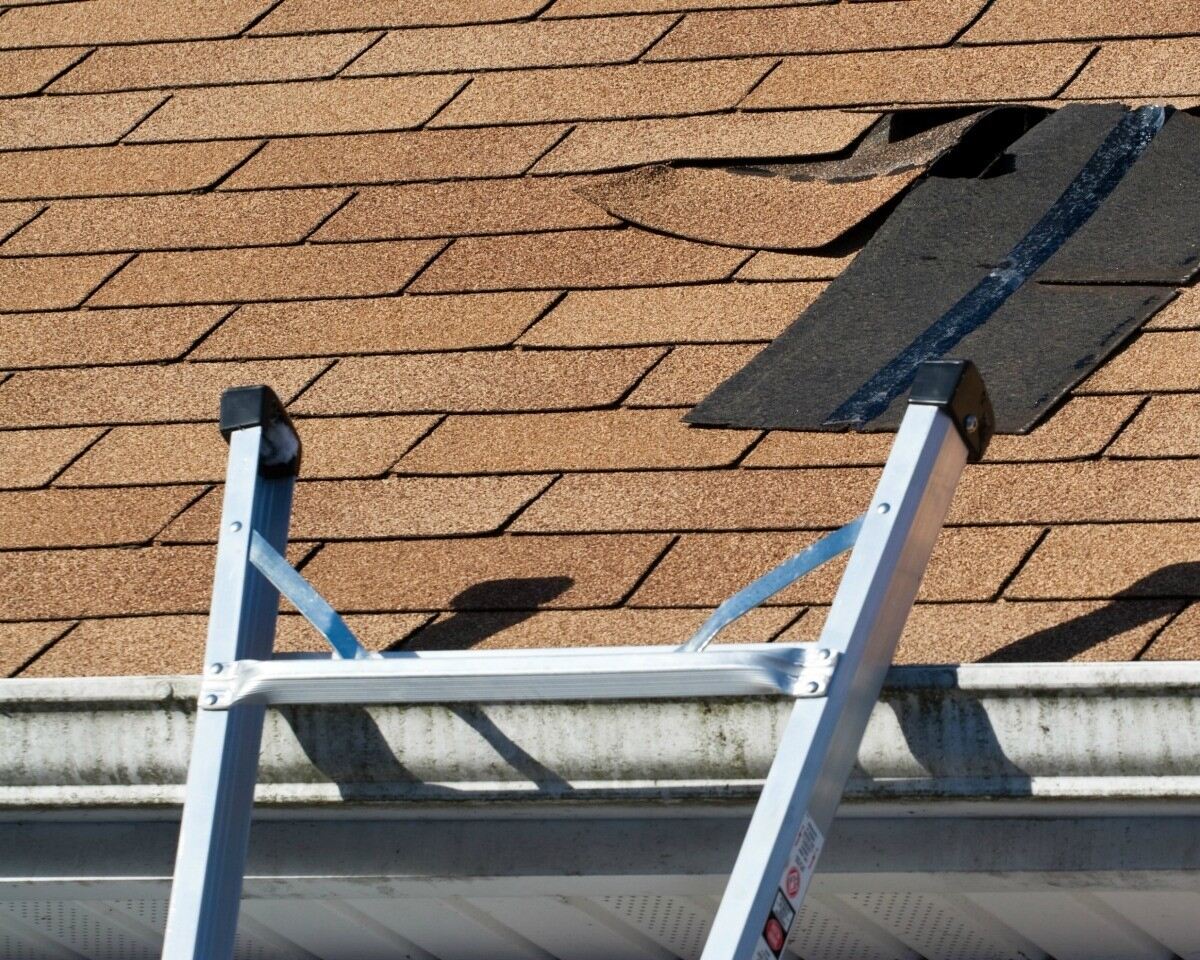

0 thoughts on “How To Get Back On A Boat Without Ladder”